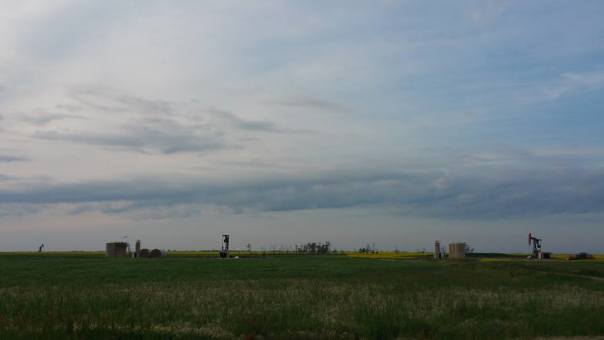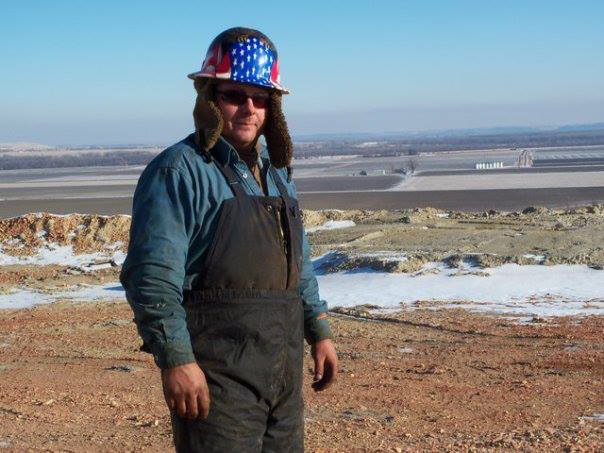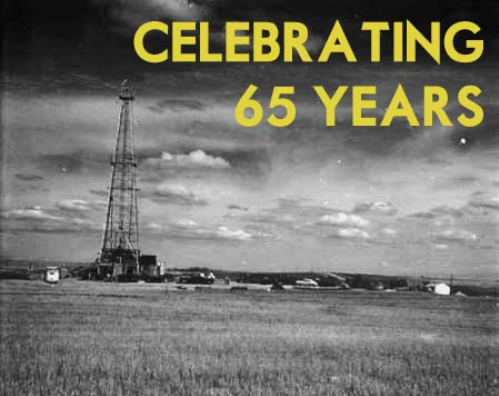By: Steve Unterseher
I recently experienced a news story regarding social media. The power of social medial hit me like a ton of bricks. Corporations have had to create and staff entire divisions just to manage their company image on social media. This became necessary because of smart phones, tablets, portable computing, Internet, and social media sites such as Facebook, Twitter, and Instagram. One’s reputation has come into a new existence in cyber space.
 There are 3 oil wells in this picture. The one on the far left is in Canada with the other 2 north of Crosby, North Dakota. Picture by Steve Unterseher.
There are 3 oil wells in this picture. The one on the far left is in Canada with the other 2 north of Crosby, North Dakota. Picture by Steve Unterseher.
Corporate social media managers have the responsibility of managing social media relations. They must interpret Net Fires or social storms or attacks (made of opinions most of which is based not on fact, but someone else’s opinion based on someone else’s opinion or just because someone is unhappy and deliberately attempting to stir up trouble). They must also settle a legitimate issue that could significantly hurt their company. As social media grew, the relationships among each other and among companies and the public grew.
Organizations have experienced massive hits in their reputations and their bank accounts by not monitoring and managing activities on social media. How quickly these “waves” of popular opinion move among society.
I moved to eastern Montana in late 2005. Raised on the road in the Christian music-ministry industry, I developed a habit of taking “pictures” of my environment as I passed through. That habit stayed with me. I now live in Fairview, Montana, where my father grew up. I remember coming here as a teenager, so I can see how the groups in our area changed as oil prices have gone up and down.
I started taking new memory pictures to add to the old ones. With the oilfield coming into a boom the likes of which we had no idea, I quickly observed this region changing dramatically.
There are few highways, county and back roads I have not been on in the Bakken. From the very first oil well I helped assemble, the State Lindsey, as a green roustabout, to all the thousands of locations since. The petroleum industry has had a massive impact on this area. I now see oil industry shops, yards, equipment, parts, and supplies where I used to see agriculture industry with empty farm fields.
With the expansion side of oil and gas exploration coming to a near standstill, many people lost their oil related jobs and decided to return “home. It has been a struggle for those of us who have decided to dig in and remain.
Back to social media. I have watched as innocent organizations have been negatively affected by the “downturn”. Fifty years ago much of what was written had to pass through several pairs of overseeing eyes, analyzing what was being said, how it was being said, and how well the message followed established English rules for writing. Those days are gone.
You read someone’s Facebook post about something negative happening at a local business or organization? You reply with a negative comment. You share the whole negative story on your own page. In a matter of minutes or hours, a social case has been built against a person or organization (whether it is built on fact or fiction).
The court of popular opinion has entered into hyper-drive. The resulting “court of social media opinion” has the power to destroy good people and good organizations.
At times I saw the difficulties my father had dealing with the cranky old troublemakers who ‘have been doing this 49 years’. Fast forward 35 years. Now when someone has something bad to say about you, they just pick up their internet device and post it. Or they comment on someone’s Facebook about it. The damage spreads quickly and is in three dimensions.
 Steven Unterseher is the owner of Smileys Energy Service, LLC in Fairview, Montana Steve is an inventor/hot oiler and also has Preacher in the Patch as his moniker when working in the in the Bakken oilfield patch near Williston, North Dakota.
Steven Unterseher is the owner of Smileys Energy Service, LLC in Fairview, Montana Steve is an inventor/hot oiler and also has Preacher in the Patch as his moniker when working in the in the Bakken oilfield patch near Williston, North Dakota.










 U.S. Energy Information Administration
U.S. Energy Information Administration
 U.S. Energy Information Administration
U.S. Energy Information Administration




